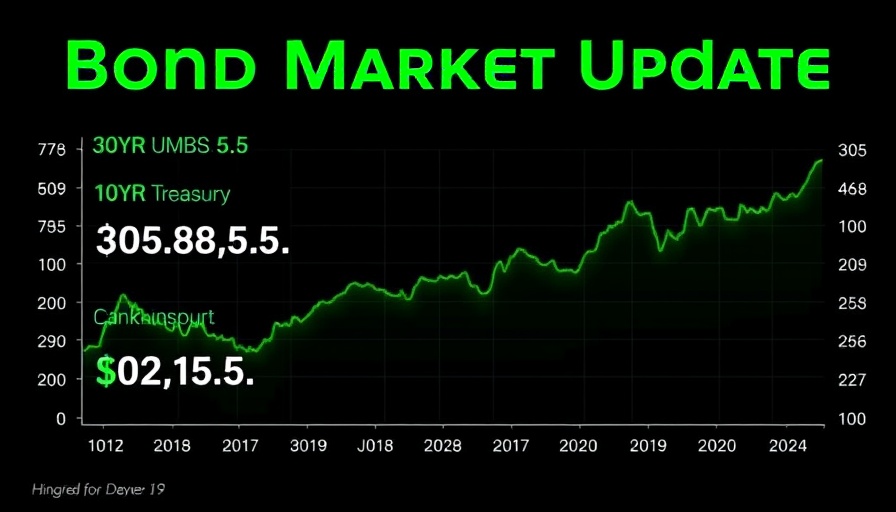
Understanding Today's Calm in the Financial Storm
Wednesday, August 13, 2025, saw a remarkable twist in the financial markets, a day some are already dubbing a "Data-Free Rally Day." This term reflects the unusual calm amidst a week generally filled with scheduled market activities. What caused this sudden buoyancy in financial sentiments? A combination of factors appears to be at play, most notably the strengthening of European Union bonds coupled with soaring expectations for a Federal Reserve rate cut that is, at this point, nearly fully priced in according to Fed Funds Futures.
The Economic Impact of Calmness in Market Movements
While others may overlook the significance of a quiet day in economic reports, it’s critical to comprehend the ramifications. Wednesday didn’t deliver fresh data beyond the prior day’s Consumer Price Index (CPI) release, but this lack of new economic revelations often leads to what analysts call "general trade flow momentum." Such momentum can be essential in bolstering market confidence, especially when traders anticipate favorable conditions ahead.
Upcoming Economic Indicators to Watch
The calm associated with this rally may soon face its first true test with the looming release of the Producer Price Index (PPI) on Thursday. Although considered less impactful than the CPI, the PPI can stir the markets due to its influence on the Personal Consumption Expenditures (PCE) price index, another critical measure of inflation. Traders will be watching these indicators closely, as they can help paint a clearer picture of future monetary policy.
Personal Finance Perspective: How Does This Affect Your Wallet?
For the average consumer, the ebb and flow of financial markets may feel far removed from daily life. However, fluctuations in rates directly influence mortgages, loans, and even savings. This moment of stability can be an excellent opportunity for homeowners or potential buyers considering action in this favorable environment.
With mortgage-backed securities (MBS) up slightly during this calmer session, those seeking to refinance could find better interest rates becoming available. The Mortgage Bankers Association (MBA) reported a surge in both refinancing and purchase indices this week, suggesting that confidence among buyers and refinancers is on the rise.
Connecting Global Markets: A Broader View
While many are inclined to focus solely on domestic economic indicators, it’s crucial to consider global connections in today’s economic landscape. The strength of EU bonds that contributed to this rally illustrates interdependence in markets. Movements in one region can swiftly reverberate across the globe, influencing rates, liquidity, and investor sentiment everywhere.
This interconnection is a reminder for consumers and investors alike: understanding global economic trends is becoming increasingly vital for making informed financial decisions in an era of constant change.
Final Thoughts and Practical Advice for Investors
As we navigate through this period marked by expectations of a Fed rate cut, it’s essential to stay informed. The market’s current trajectory provides both opportunities and risks. Embracing the unpredictability of the market can serve as a guiding principle for smart, proactive financial planning.
For those looking to stay ahead, utilizing tools that provide timely alerts on mortgage rates and economic indicators can significantly impact investment strategies and decisions moving forward. By keeping a keen eye on updates in this vital area, investors can better position themselves to capitalize on forthcoming market movements.
As these dynamics unfold, remember the importance of adaptability in all aspects of personal finance.
 Add Row
Add Row  Add
Add 




Write A Comment